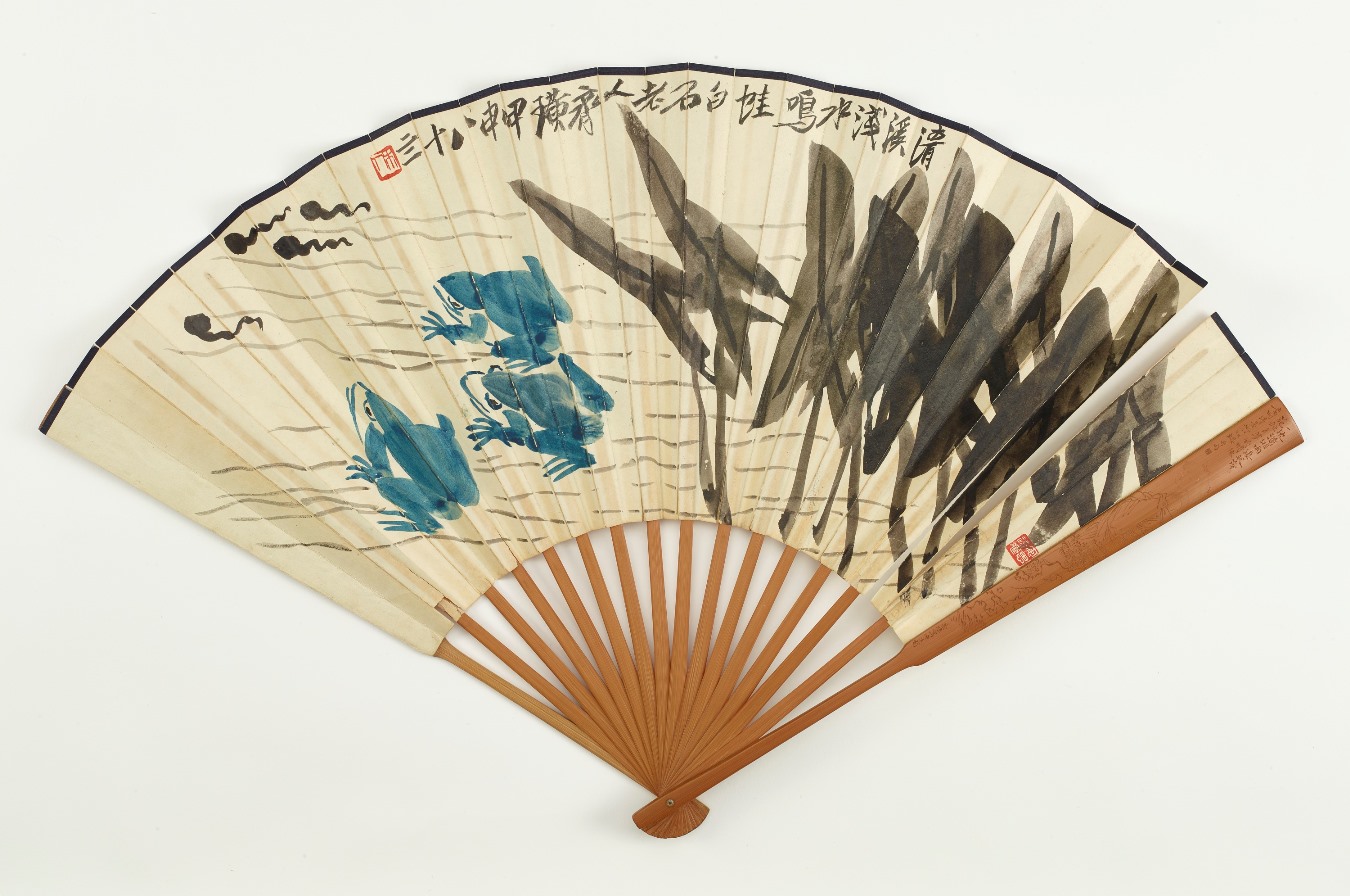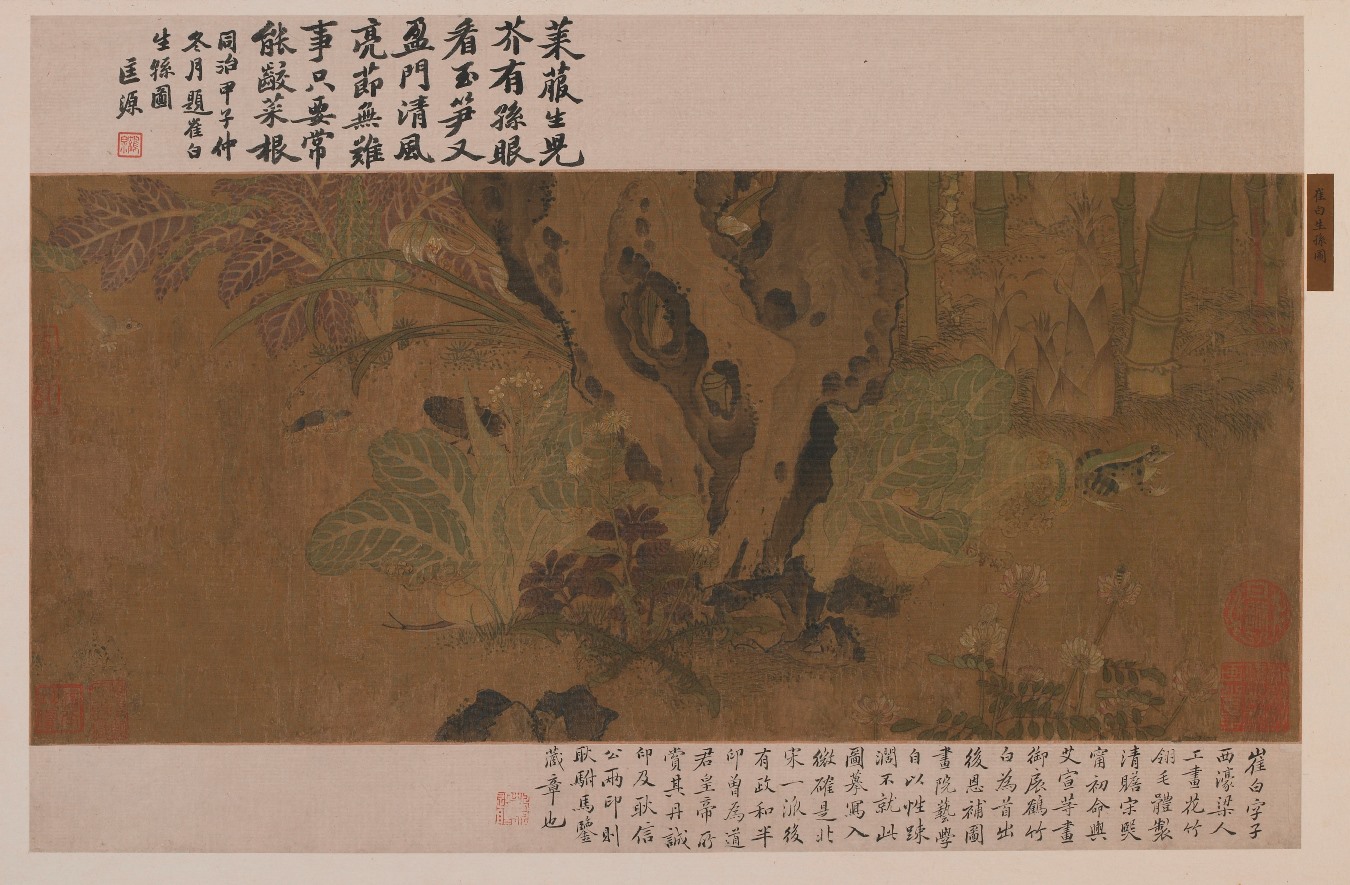Asiatic frog and Asiatic frog products are in use for medical purpose in many countries across the Indian ocean. Stories about this animal were gathered and written by students. They are all part of a pedagogical project, funded by the National University of Singapore and the Université de Paris. The Bestiary site is a work-in-progress and a participatory educational tool, representing animals whose products or body parts are used to promote health and healing.
A delicacy once enjoyed exclusively by the emperors and wives of China, hasma, or xueha (雪蛤) in Chinese, is now a popular dessert enjoyed by many Chinese for its medicinal qualities (Williams, 2020). Best known for its gelatinous and slippery texture, this unusual ingredient is typically harvested from the fatty tissue near the oviduct of female Asiatic grass frogs (Figure 1). Like the edible bird’s nests, hasma is also regarded as a health food believed to possess several medicinal properties, such as the ability to improve respiratory issues, nourish the lungs, strengthen the immune system (Candice, 2016), balance hormones and boost energy levels (Williams, 2020). In traditional Chinese medicine, hasma is sometimes prescribed to pregnant mothers to boost their energy levels and to help in recovery after childbirth. Rich in protein, many also claim that its high collagen content can help to improve one’s complexion. Many women therefore consume it as a health supplement in hopes of achieving a youthful appearance.
While methods for preparing, and harvesting the hasma may vary greatly across regions, it is usually necessary to first hang and sun-dry the frogs. In the north-eastern part of China, retailers report having to pierce the frogs and hang them up on a wire until their death. An article by the DailyMail described the consumption of hasma as cruel, as retailers reportedly used electricity to shock the captured frogs into unconscious state, before being hung up for about 20 to 30 days until they die (Lo, 2017).
Presently, the conservation status of the Asiatic grass frog is that of ‘least concern’. However, the common threat of habitat loss, and the greater threat due to an insatiable demand for it as food and for its medicinal properties loom large (“Asiatic Grass Frog,” n.d.).
Fan with frogs and calligraphy, Qi Baishi 齊白石 (1864-1957), 1944, China, Freer Gallery of Art





